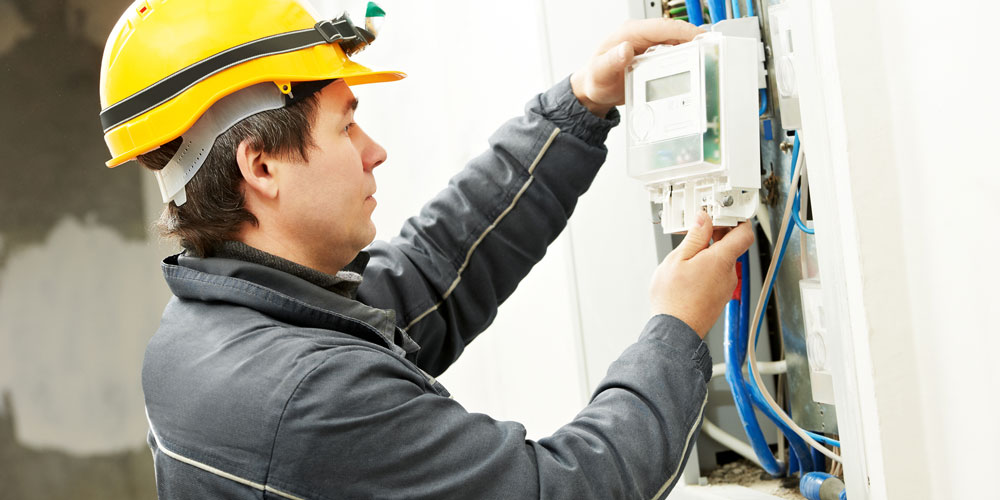What is Revenue Metering?
Revenue metering is measuring the usage of a specific utility service like, electricity, water, gas, heat or other.
Not all the metering devices used to measure the basis of a charge for the supply of these resources can be called "revenue meter". Only approved devices that meet local regulations can be considered revenue meters.
Sub-metering or apportionment metering device used to determine costs for the supply of electricity, water, heat or gas to individual users in a multiple-unit complex is also regulated in some jurisdictions and measuring devices need approval to be considered revenue meters.
Metering devices used strictly for "non-billing" applications like energy management, or other purposes like LEED or WELL are at times called "check" meters, because their purpose will not be cost recovery and no financial transaction will take place using the readings from the device to measure in regulated jurisdictions.
Why should I sub-meter?
Sub-metering enables tenants and owners of buildings (central services) to calculate their own energy or water consumption and cost. Additionally multiple studies have demonstrated that buildings that are sub-metered are more efficient than those that are not.
Why should I own digital meters?
Digital meters enable:
- Interval reporting allowing for accurate demand calculations in 5, 15, 30 and 60 minute intervals to enable electricity users to manage and schedule their own consumption
- Identifying time periods during the day such as work days or weekend
- Improved accuracy for longer periods of time
Who owns this data?
This is important matter to consider, some companies lease the sub-metering system retaining ownership of the metered data during the duration of the lease. In other cases the owner buys the sub-metering system, securing this way the ownership of the data, and still keeping the ability to sub-contract or assign the sub-metering and billing to a third party.
In either case, as a consumer having accessibility to the data is important. Therefore selecting a sub-metering supplier that can provide this access in real time is recommended.
Components of revenue metering
Government regulations and security requirements vary in every jurisdiction and also depend on the local utilities commission if exist in general most meters must incorporate some types of security systems.
- Traditional anti-tamper mechanical seals found on the meter
- A password-based security system for when meter values can be reset
- A hardware-based security system that prevents alteration of revenue amounts after the meter is locked
How can I connect a digital meter?
As long as the installation takes place "behind the meter", that is down stream from where the main utility meter is, and upstream from the first outlet of the unit to meter it should be fine, as long as the installation is performed by by a certified professional and it meets all the applicable local codes.
The primary purpose of a revenue meter is to provide the most accurate measurements for a fair financial transaction. These accuracy standards are within industry-accepted limits for accuracy within a defined range of operating conditions. Industry-accepted accuracy limits are set by International and national standards and recognized or adopted by local jurisdictions. They are meant to provide a leveled playing field to protect the consumer and to the provider.


